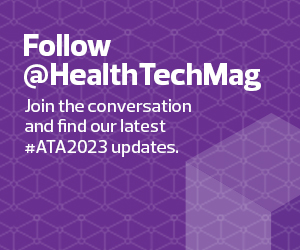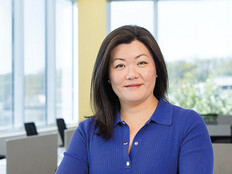“If you can do it right, the hybrid model is one of the ways by which you can actually operationalize telehealth in a broader context,” said Sara Vaezy, chief strategy and digital officer for Providence.
She and other healthcare leaders at the 2023 American Telemedicine Association Conference and Expo shared their insights on the next-generation tools and culture shift needed to sustain change for a digitally enabled care ecosystem.
How to Be a Healthcare Leader in an Ever-Changing Tech Landscape
Discussions about artificial intelligence and its potential to transform healthcare continued into day two of ATA2023.
On the main stage, Tom Lawry, the national director of AI for health and life sciences at Microsoft and author of Hacking Healthcare: How AI and the Intelligence Revolution Will Reboot an Ailing System, highlighted lessons leaders learned during the pandemic and how to apply them to forward-thinking action.
One major lesson: The healthcare industry found that it could change at “warp speed,” Lawry said, despite traditional thinking labeling it a laggard space. Healthcare leaders drove agile transformation. Another lesson: AI was the tool to best support providers. Lawry shared these insights in a 2021 Forbes article.
Technological change is happening fast, and with AI capabilities growing, the industry is reaching a time of “chaotic innovation”; as AI approaches a “general purpose tech” role, change will go from linear to exponential. “If you believe we’re going in that direction of exponential change, of chaotic innovation, leaders need to lead differently,” Lawry said.
Today’s ATA speakers talked about ChatGPT and its potential, but next year, another exciting tool could emerge and take over discussions.
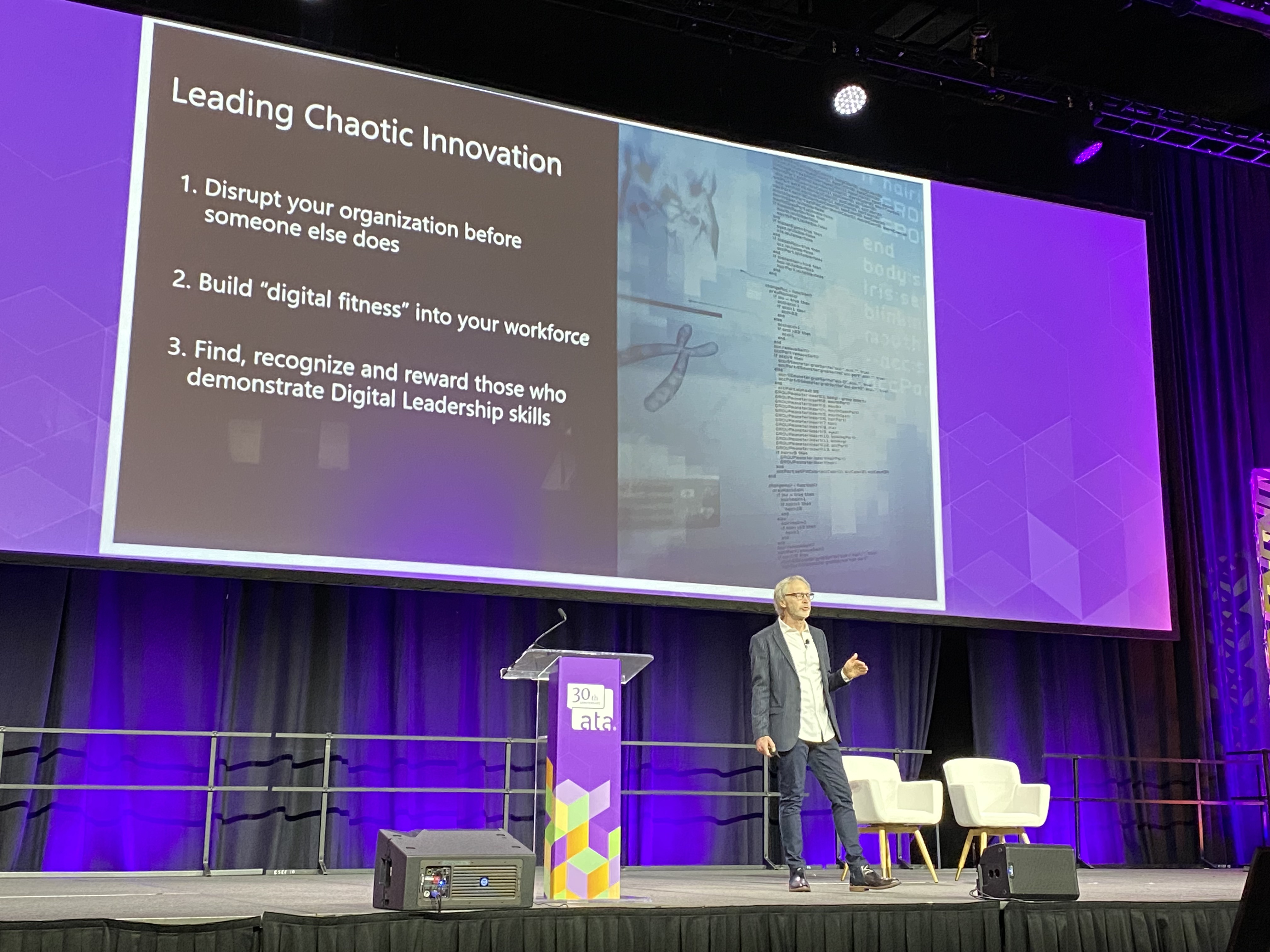
The second day of ATA2023 featured a fireside chat about the intelligent health revolution with Tom Lawry, National Director of AI for Health and Life Sciences at Microsoft.
So, on the cusp of AI’s healthcare dominance, how can healthcare leaders take charge? Lawry had three pieces of advice: be the first to disrupt your organization, bring your whole workforce with you on your digital journey, and find and support those with digital leadership skills.
Lawry also stressed that the value proposition with AI is to ask, “How do we take the capabilities, bring them in behind the humans, the knowledge workers, to make them better at what they do to leverage the skills that are uniquely human?”
Because people can and should control whether the use of AI will benefit some or all, Lawry said, issues such as algorithm bias, digital literacy and reliable connectivity access need to be addressed from the start.
DISCOVER: How telehealth expands healthcare access for LGBTQ patients.
Keeping Virtual Care Momentum Amid Workforce and Financial Worries
Healthcare organizations are under a lot of pressure as they juggle tight budgets, the rising cost of supplies and staffing shortages. They may feel the urge to return to what they know instead of pursuing innovation. But that could end up hurting them in the long run.
“The financial constraints are real, and you go back to what you’re used to and what has a proven track record,” said Dr. Tania Elliott, chief medical officer for virtual care and vice president of clinical and network services at Ascension. Understandably, many virtual care programs haven’t had the time to build a track record at scale, but these solutions should be considered imperative.
The pressures have, in fact, created a sense of urgency to develop new business models and prioritize digital approaches, said Providence Chief Strategy and Digital Officer Sara Vaezy. She also stressed the importance of addressing supply and demand management challenges.
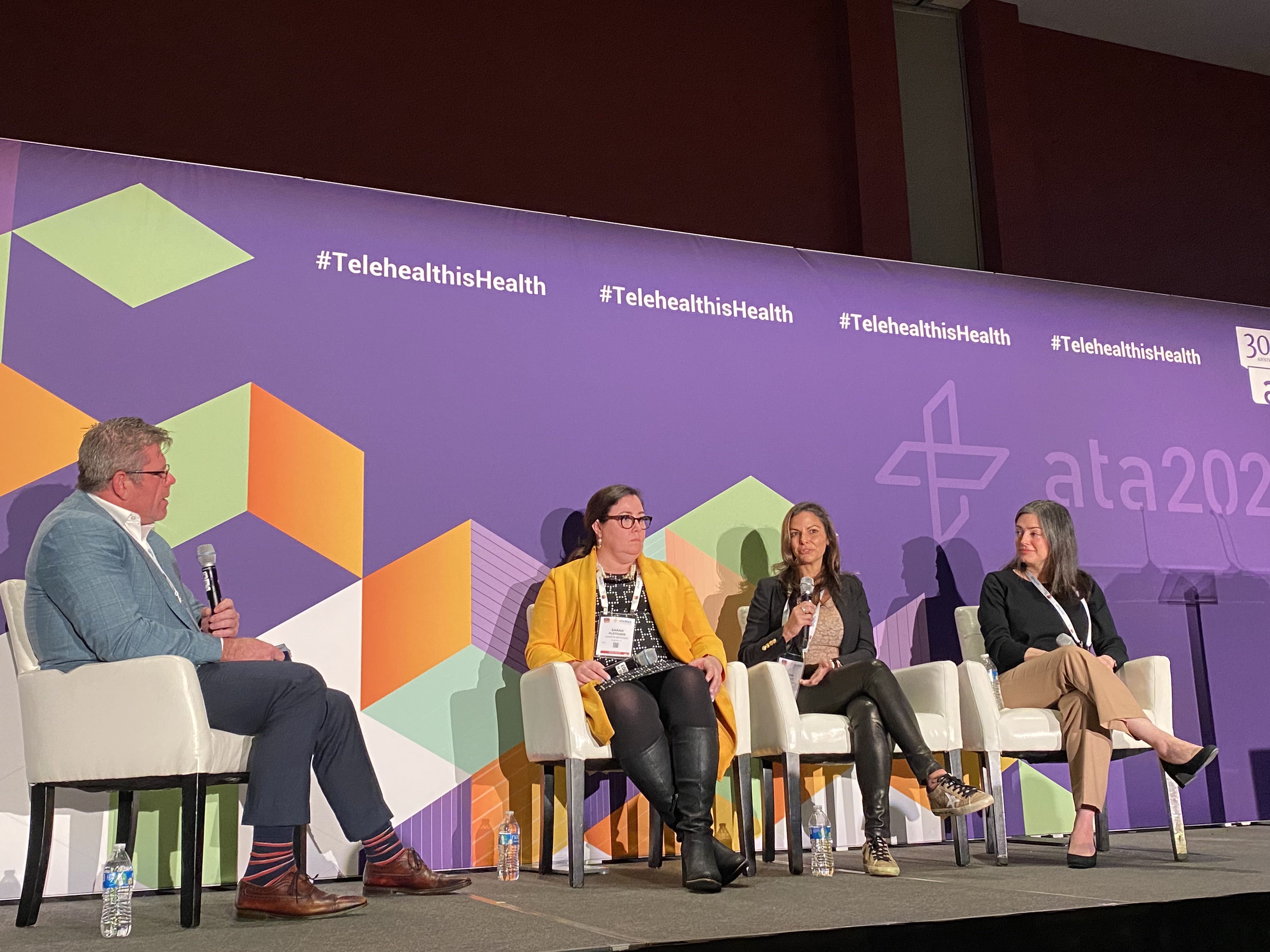
The “Feeling the Squeeze: Tackling Delivery Systems' Greatest Challenges” session took place on day two of ATA2023. From left to right, Moderator Karsten Russell-Wood, Chief Marketing and Experience Officer, Equum Medical, addressed the session’s speakers: Dr. Sarah Pletcher, System Vice President and Executive Medical Director for Strategic Innovation, Houston Methodist; Dr. Tania Elliott, Chief Medical Officer for Virtual Care, and Vice President of Clinical and Network Services, Ascension; and Sara Vaezy, Executive Vice President and Chief Strategy and Digital Officer, Providence.
Dr. Sarah Pletcher, system vice president and executive medical director for strategic innovation at Houston Methodist, added: “When you do a better job of matching supply and demand, and you can start to load-level and impact how you deliver service, you find out about all the things, in terms of your operational infrastructure, that might hinder you.”
Virtual care checks all the boxes of a business model that works, Vaezy said, because “it becomes one of the viable options that can help you achieve growth in a consumer- or patient-centered way so that you’re serving your community.”
For health systems that stood up virtual care programs at the start of the pandemic, Elliott stressed the importance of following that momentum and continuing to build use cases in different areas. After setting up a remote patient monitoring program for COVID-19, her organization forged ahead with RPM programs in other areas.
Ultimately, virtual care is beneficial for patients and providers, whether in a rural or urban setting. “It turns out that access is good for everybody,” Pletcher said.
EXPLORE: How virtual nursing can make a difference for nurses and patients.
Design Is Key for a Hybrid Care Model
Ahead of his ATA2023 discussion, Brian Mullen, head of innovation and product at second-opinion service The Clinic by Cleveland Clinic, spoke to HealthTech about providing a seamless virtual care experience and the importance of design.
What can a high-quality #HybridCare model look like now? @mullen_brian of The Clinic by @ClevelandClinic breaks it down at the @Amwell booth at #ATA2023 🤳🏽🩺 pic.twitter.com/7pUkgXhTJg
— HealthTech Magazine (@HealthTechMag) March 5, 2023
The Clinic, launched in partnership with telehealth company Amwell, offers patients virtual access to Cleveland Clinic’s high-level specialists for a second opinion. When a patient logs on to the platform, he or she can schedule a virtual visit with a nurse, who then helps decide which specialist would work best for the patient’s needs. The service will also collect the patient’s relevant medical records for them, which is one less challenging task for the patient to stress over.
That human connection is so critical, Mullen said, and using Amwell’s comprehensive platform helps shorten the distance between much-needed specialists and patients. An integrated, easy and seamless experience is important for both.
To make that happen, Mullen said, “having product people at the table is really important,” along with the broader team that includes providers and patients.
The Clinic by Cleveland Clinic is a key piece in a continuum of care, Mullen said, highlighting the benefits of what high-quality hybrid care can do now: Offer the patient a place to get more information and support to augment what they may receive in local, in-person care.
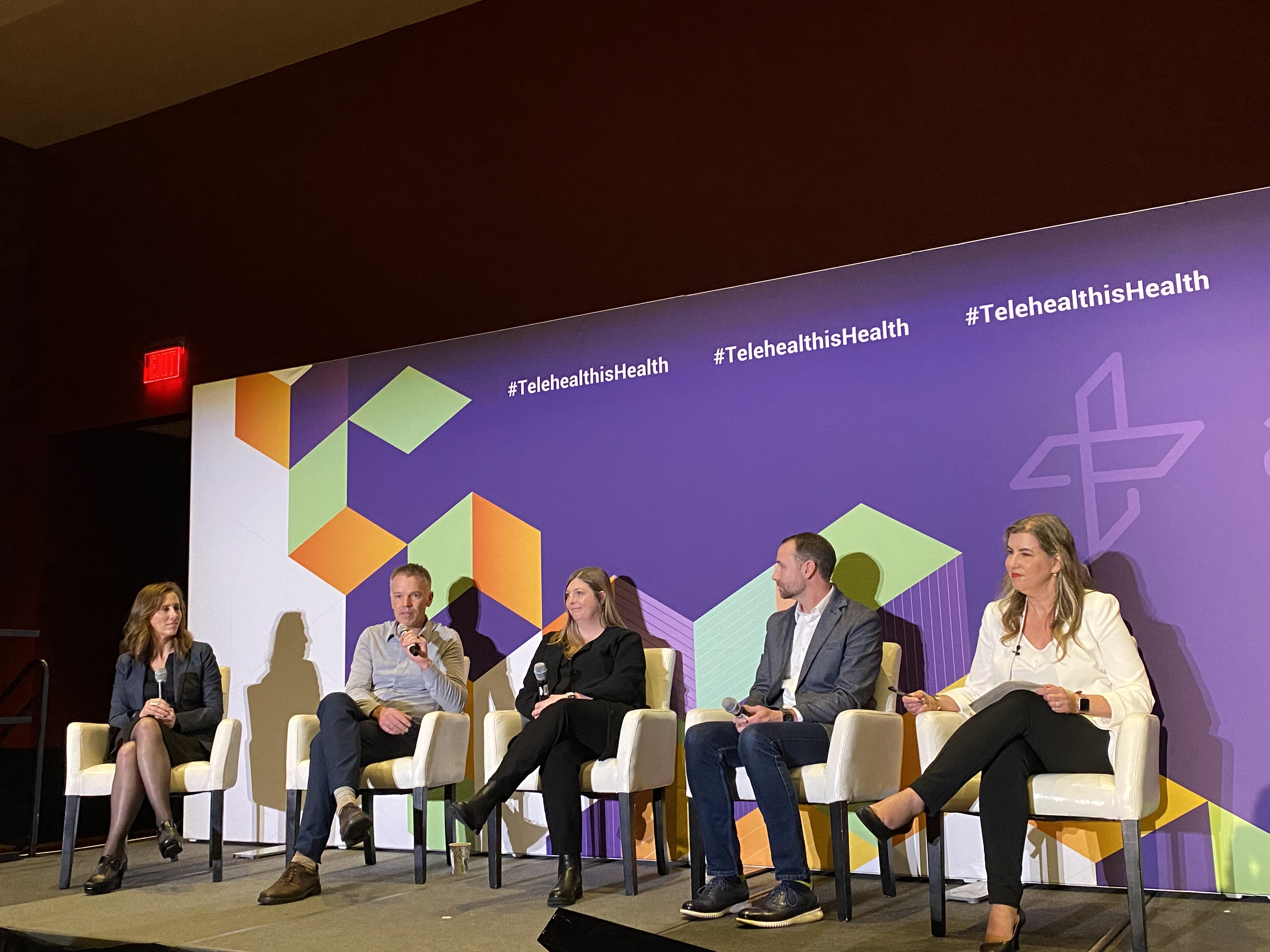
The “Designing for the Future of Healthcare Delivery” session also took place on day two. Speakers, from left to right, included: Geri Baumblatt, Co-Founder, Difference Collaborative Alliance, and Chief Engagement Officer, Docola; Christopher Waugh, Vice President and Chief Design and Innovation Officer, Sutter Health; Christina Grimes, Global Healthcare Practice Leader, NBBJ Design; Brian Mullen, Head of Innovation and Product, The Clinic by Cleveland Clinic; and Lygeia Ricciardi, Founder and CEO, AdaRose.
During the panel discussion, Mullen stressed the importance of getting the logistics right in virtual care to break down silos, allow clinicians to work at the top of their license and reduce patient stress. “Sometimes, the empathetic thing to do is to manage the logistics for somebody going through something once — hopefully, once ever in their life — and get it right for them to make it easy so they don’t have to figure all this out on their own,” he said.
Keep this page bookmarked for our ongoing coverage of ATA2023. Follow us on Twitter at @HealthTechMag and join the conversation at #ATA2023.









